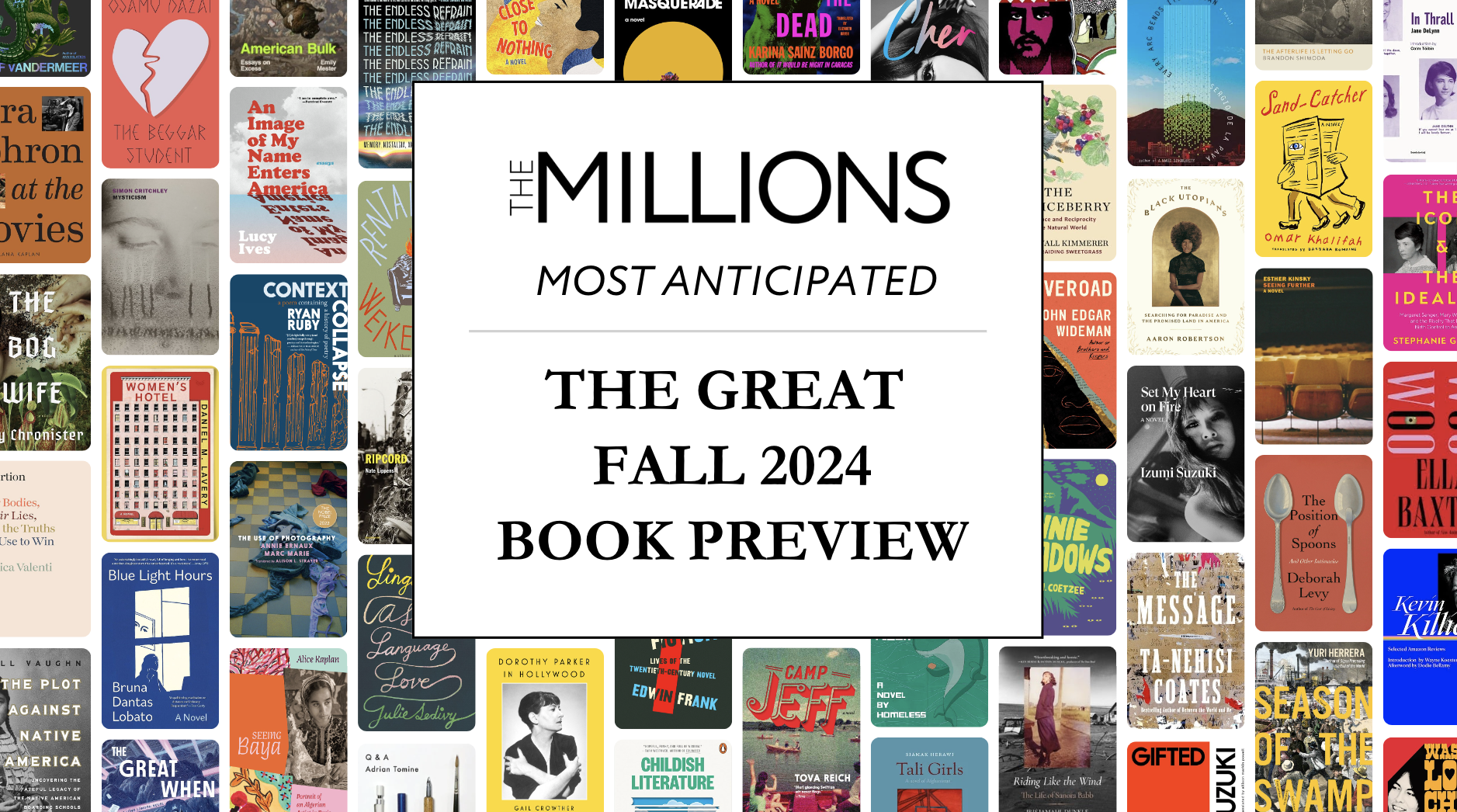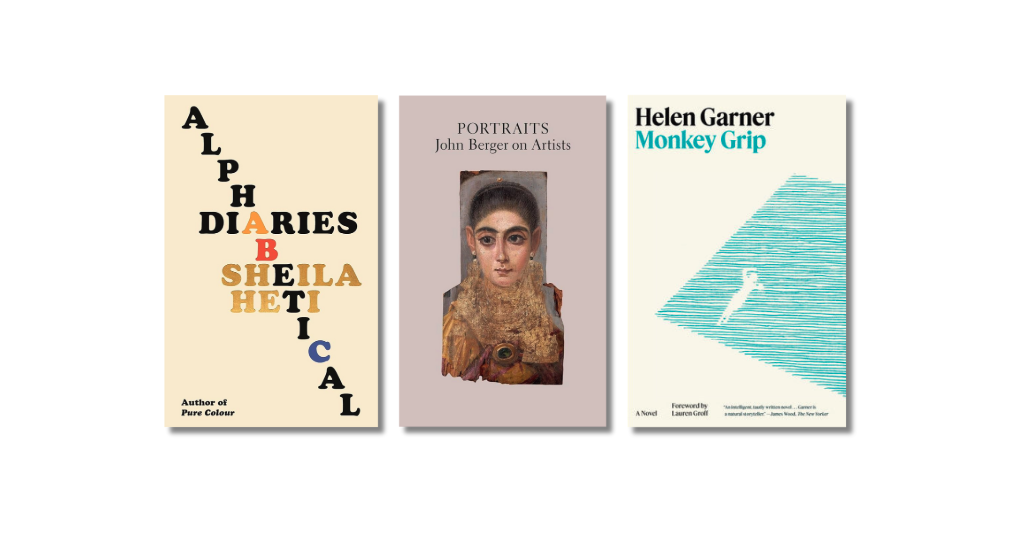 Ms. Millions, who listens to KCRW (LA’s hipster/NPR beacon) while at work, heard somebody mentioning quirky holiday book gifts on the NPR show Day to Day and immediately thought of me. I’m a lucky guy. From a list, which she scrawled in her delicate feminine hand, I’ve gleaned a few books worth mentioning… and I commend the folks at Day to Day for coming up with some quirky books. The Girl Who Played Go is a novel by Shan Sa, a Chinese writer by way of France, who won a number of international awards for her previous novels, including the French heavyweights the Prix Goncourt and the Prix Cazes. This book, her first to appear in English, tells the story of a 16-year-old Manchurian girl and a Japanese soldier who tragically fall in love in the midst of war in the 1930s. From Manchuria to Tuscany: the NPR culture mavens also mentioned a new book by the photographer Joel Meyerowitz, who is pretty well known for landscape photography that is rich in color and clever with light. Tuscany: Inside the Light is a pleasant take on a charming place. And now from Tuscany to….. the bomb shelter? 100 Suns is an eerie collection of photographs of mushroom clouds from atomic bomb testing sites at the height of the cold war. The mushroom cloud is a familiar, iconic symbol, and seeing so many in one place with such a stark presentation is an oddly moving experience. The book was put together by Michael Light, who salvaged and reprinted the photographs. He did the same thing a few years back with NASA’s collection of lunar photography in a book called Full Moon. Thanks to the little lady for giving me some books to talk about
Ms. Millions, who listens to KCRW (LA’s hipster/NPR beacon) while at work, heard somebody mentioning quirky holiday book gifts on the NPR show Day to Day and immediately thought of me. I’m a lucky guy. From a list, which she scrawled in her delicate feminine hand, I’ve gleaned a few books worth mentioning… and I commend the folks at Day to Day for coming up with some quirky books. The Girl Who Played Go is a novel by Shan Sa, a Chinese writer by way of France, who won a number of international awards for her previous novels, including the French heavyweights the Prix Goncourt and the Prix Cazes. This book, her first to appear in English, tells the story of a 16-year-old Manchurian girl and a Japanese soldier who tragically fall in love in the midst of war in the 1930s. From Manchuria to Tuscany: the NPR culture mavens also mentioned a new book by the photographer Joel Meyerowitz, who is pretty well known for landscape photography that is rich in color and clever with light. Tuscany: Inside the Light is a pleasant take on a charming place. And now from Tuscany to….. the bomb shelter? 100 Suns is an eerie collection of photographs of mushroom clouds from atomic bomb testing sites at the height of the cold war. The mushroom cloud is a familiar, iconic symbol, and seeing so many in one place with such a stark presentation is an oddly moving experience. The book was put together by Michael Light, who salvaged and reprinted the photographs. He did the same thing a few years back with NASA’s collection of lunar photography in a book called Full Moon. Thanks to the little lady for giving me some books to talk about









